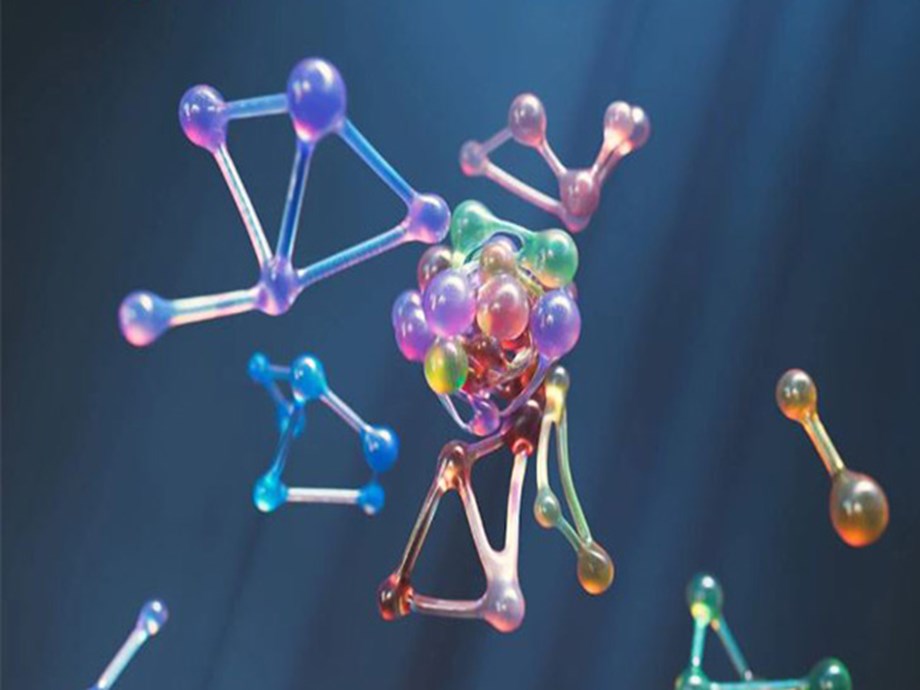In a groundbreaking development, MIT physicists have successfully captured the first direct images of individual atoms freely interacting in space, marking a significant advancement in the field of quantum physics. The imagery uncovers correlations among these particles, previously only predicted, but never directly observed until now.
The landmark findings, published in the journal Physical Review Letters, offer scientists an unprecedented window into visualizing quantum phenomena in real space. This was achieved through an innovative technique that releases a cloud of atoms to interact freely, then utilizes a light lattice and finely tuned lasers to freeze and illuminate these atoms, capturing their arrangement moments before they disperse.
The research, led by Professor Martin Zwierlein and his team, includes capturing images of ‘bosons,’ which demonstrate a quantum wave phenomenon, and ‘fermions,’ observed pairing up—a crucial process in superconductivity. These images not only showcase the dynamic interactions of atoms but also push the boundaries of what scientists can visualize at a quantum level.
Additionally, the same edition of Physical Review Letters highlights complementary studies by other research groups, including one led by Nobel laureate Wolfgang Ketterle at MIT, who focused on enhanced pair correlations in bosons, and another by a team from Ecole Normale Superieure in Paris, who imaged noninteracting fermions. MIT’s research team also features contributions from graduate students Ruixiao Yao, Sungjae Chi, Mingxuan Wang, and Assistant Professor Richard Fletcher.
This breakthrough technique in ‘atom-resolved microscopy’—differing from previous methods by allowing direct observation of atomic interactions in open space—is likened by Zwierlein to the difference between seeing a cloud and distinguishing the individual water molecules within it. Such a method stands to radically enhance the understanding of quantum mechanics.
(With inputs from agencies.)

